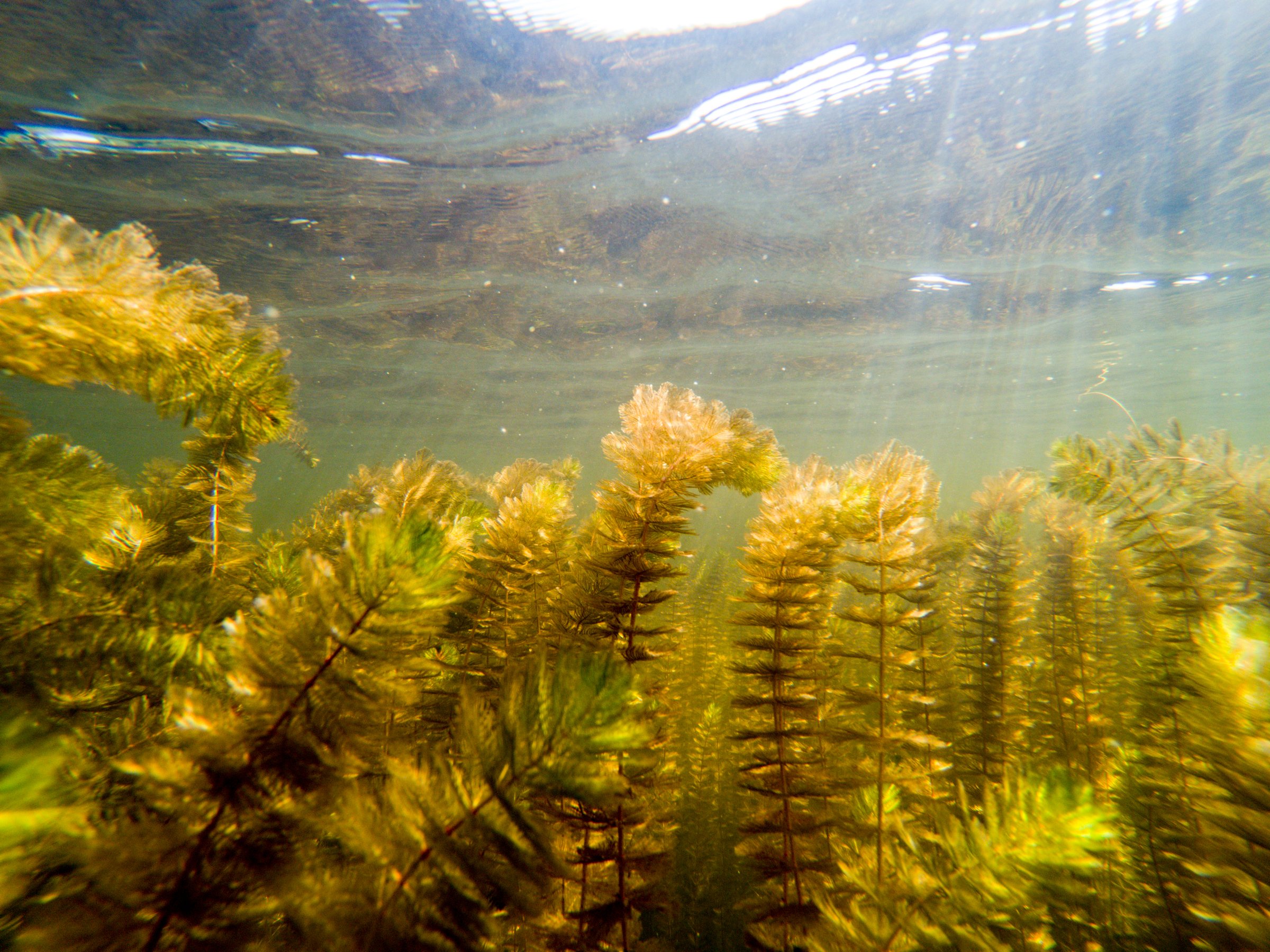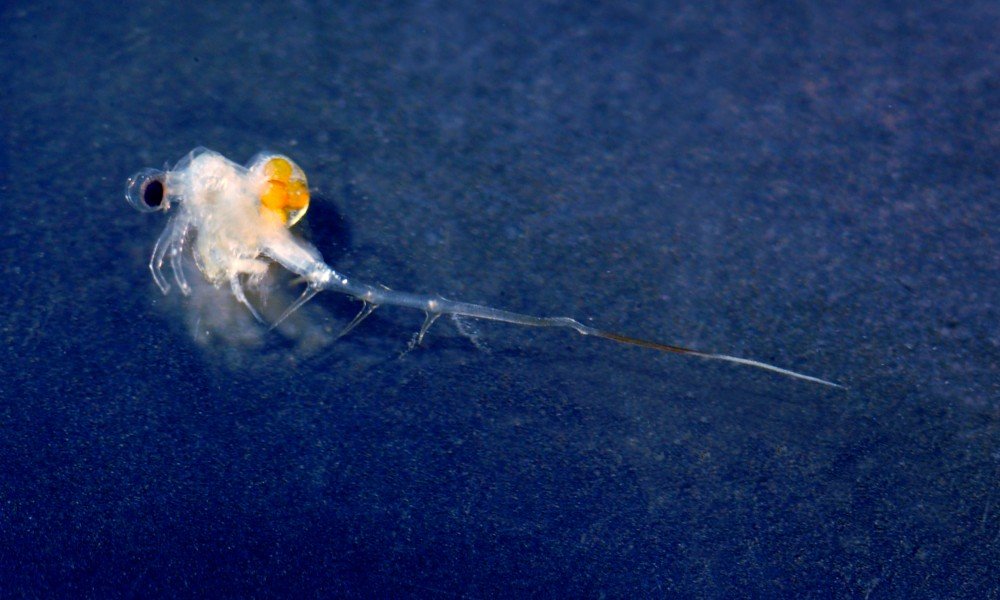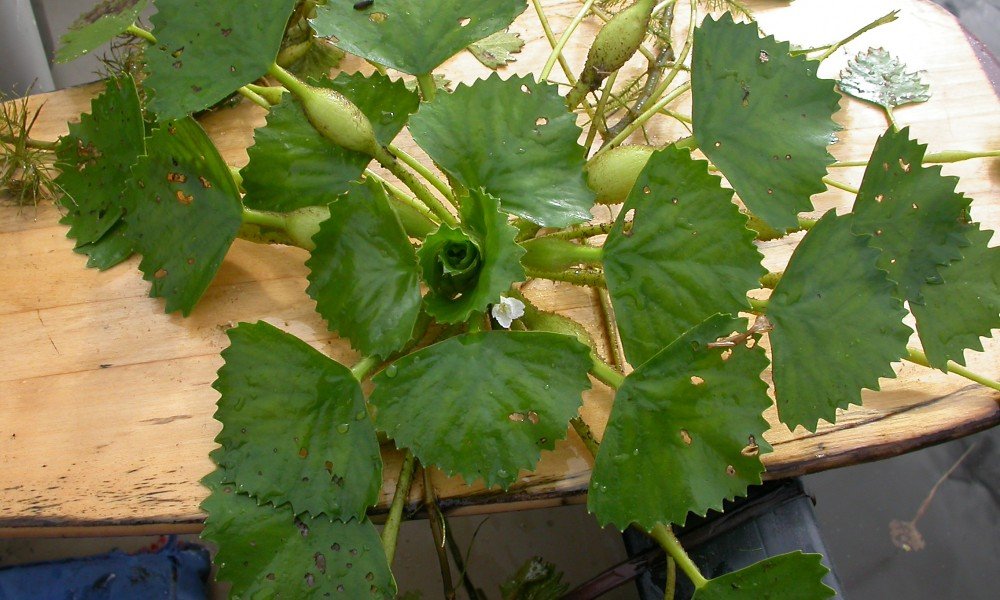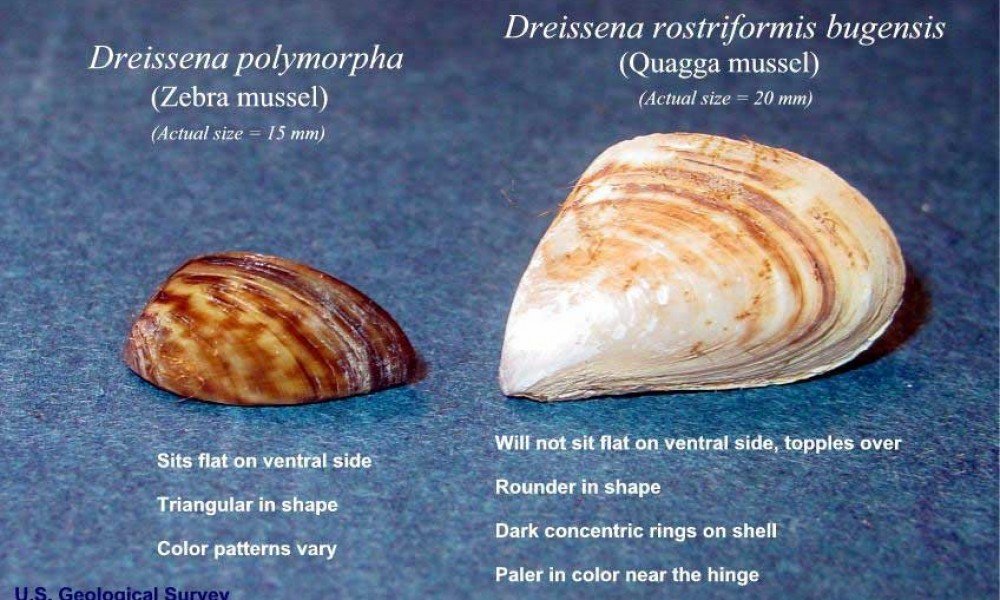
Invasive Species Information
The variety of aquatic ecosystems within the Adirondack Park provide critical socioeconomic support to the region. Biological invasions like Asian clams and hydrilla are leading threats to biodiversity in freshwater ecosystems and can be detrimental to related economies. With nonindigenous species spread and establishment on the rise and an ever-changing environment, it is imperative to be aware of potential and current invaders and their impacts. With the integrity of the Adirondack Park at stake, control and management of aquatic invasive species needs to be a top priority. Some of the top aquatic invasive species of concern in the Adirondack Park based on the invader's current distribution and ecology include:
Animals/Microorganisms: Asian clam (Corbicula fluminea), Rock snot/didymo (Didymosphenia geminata), Quagga mussel (Dreissena bugensis), Zebra mussel (Dreissena polymorpha), Spiny water flea (Bythotrephes longimanus), VHS (viral hemorrhagic septicemia)
Plants: Fanwort (Cabomba caroliniana), Brazilian waterweed (Egeria densa), Hydrilla (Hydrilla verticillata), European frogbit (Hydrocharis morsusranae), Curly leaf pondweed (Potamogeton crispus), Yellow floating heart (Nymphoides peltata), Water chestnut (Trapa natans)
Invasive Species Management
The purpose of invasive species management is to reduce the adverse impacts of these organisms on the environment, economy, and aquatic ecosystem. General control options consist of eradication, suppression, reduction or management of populations, spread prevention, monitoring, and taking steps like restoration of native species and habitats. Each control option comes with costs and benefits which should be extensively considered when implementing invasive species management plans.
General methods for controlling invasive aquatic animals and microorganisms
Suction dredging acts like a vacuum cleaner of the lakes sediments for mollusk or other benthic organisms. It is nonselective in its suctions and can destroy benthic habitats. Benthic barriers are designed to suffocate targeted animals (i.e. mollusk) through oxygen depletion. Like suction dredging, benthic mats are also nonselective and can hinder benthic ecology. Where applicable water drawdown and flow manipulation have been used to dry and kill invasive microbes and animals. This practice also is generally unselective and can further alter the aquatic ecosystem. Biocides are chemicals that kill all types of life, and some of these chemicals can be selective for the targeted organisms. However, applying any chemical to waters can have adverse effects on the ecosystems or human health and should be well understood prior to treatment.
General methods for controlling invasive aquatic plants
Mechanical harvesting of plants is generally nonselective and results in an initial large biomass reduction to improve boating pathways within water bodies. This large amount of biomass is usually not removed from the water, can cause a nutrient load, and lead to oxygen depletion. Hand harvesting on the other hand is selective and plant material is usually collected and composted to avoid nutrient loading. Benthic barriers are also used for aquatic plant population management. These barriers limit light for seed or turion germination and photosynthesis. Additionally, benthic mats used for aquatic plants are permeable to gases, which reduces the impacts of lowered dissolved oxygen levels on benthic communities. Biological methods are employed and include the use of triploid grass carp (Ctenopharyngodon idella) or insects. These control organisms can be relatively selective, and fiscal costs are minor. However, these control organisms are usually non-indigenous and pose a threat of becoming invasive themselves. Contact and systemic herbicides are widely used for aquatic plant management. They can be selective depending on dose and plant species. However, applying chemicals to an aquatic ecosystem can come with adverse effects. The herbicide itself may not be damaging to the aquatic community, but its inert, inactive ingredients have been known to negatively impact aquatic organisms. Additionally, the use of herbicides can lead to large biomass reduction, which can subsequently lead to oxygen depletion.
Spread Prevention
Once invasive species become established, their population management efforts are fiscally and environmentally costly. Spread prevention and early detection through education and monitoring are excellent control options used to reduce the negative effects of invasive species. It is widely accepted that many aquatic invasive species are transported by humans through boats, trailers, and aquatic equipment. If mitigation efforts with boat stewards providing education, boat inspections, and/or decontamination washes are present at launch sites, then fewer nonnative species can be introduced into the watershed, and therefore even fewer, if any, can become established and invasive.
Clean, Drain, Dry initiatives exist countrywide and recommend all boats, trailers, and aquatic equipment be inspected and properly cleaned or dried upon entering and after leaving a waterway. Recommendations for appropriate cleaning and drying include: 48hr drying periods of non-porous gear and boats at relative humidities of 70% or less; Hot water rinse at 140°F for one minute or 110°F for 20 minutes; 2-10% bleach solution for one minute; Other disinfecting agents (i.e. Fantastik).
If these initiatives are properly practiced then the spread of invasive organisms into new waterways can be greatly diminished, thereby reducing expensive control efforts and the associated negative impacts of the invasive species.
Information About Individual Invasive Species
-

Asian Clam
-

Curly-Leaf Pondweed
-

Eurasian Watermilfoil
-

European Frog-Bit
-

Fanwort
-

Hydrilla
-

Spiny Water Flea
-

Variable Leaf Milfoil
-

Water Chestnut
-

Zebra/Quagga Mussel
